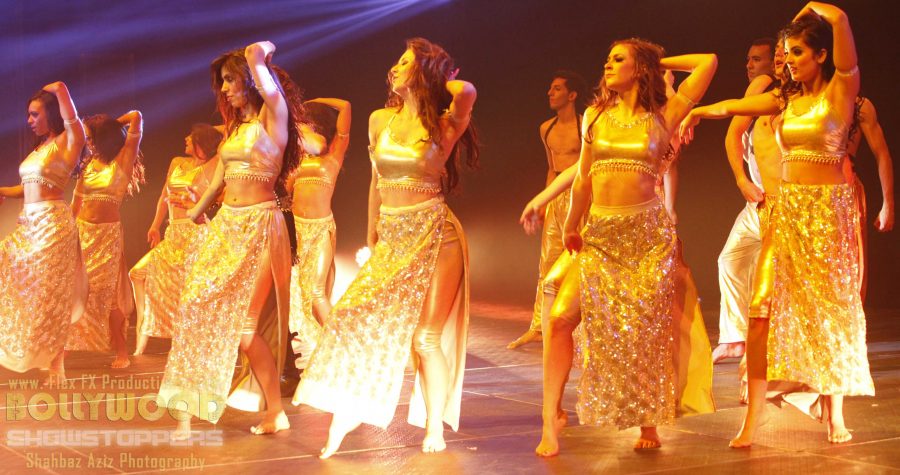Nisha Sharma’s debut as an author, “My So-Called Bollywood Life,” is a great commentary on the author’s cultural background and the traditions it’s built upon. The novel does the Indian culture a great deal of justice, immersed in the world of Bollywood and star charts. It’s a different kind of love story than you’d usually see on the YA shelf at the bookstore, but it’s worth reading.
Winnie Mehta is obsessed with film. More specifically, she’s obsessed with Bollywood. Film isn’t necessarily a part of the destiny her family’s pandit, (or priest) has found for her in her star chart from the night she was born — but this doesn’t stop Winnie from following her passion of applying to New York University film school. Her star chart does, however, speak of a prophecy which, up until recently, Winnie thought to be true. The prediction says Winnie is to meet the love of her life — someone whose name begins with an “R,” who buys her a silver bracelet, and who she’ll meet before she turns 18. Her ex, Raj, seemed to be the perfect fit until she found out he was cheating on her. Now Winnie’s not sure what to believe. The only things she can turn to are the plots of her expansive Bollywood film collection — until Dev Shah comes crashing into her life.
Sharma does a fantastic job crafting this book. I’m biased, as I am Indian myself and familiar with all the terminology the book uses. From the descriptions to the movie plots, everything fits in perfectly to describe what it’s like being a young Indian adult. It’s the best read for someone like me who is able to understand the culture terminology, but it might not be as ideal for readers unfamiliar with the culture. This isn’t to say that others shouldn’t read it, but ultimately it depends on how willing people are to Google things to understand them. Sharma does a good job with translation and description, considering Winnie’s best friend, Bridget, is white. There’s still a gap that is hard to fill, though. Sharma captures the reliance on star charts in Indian culture extremely well. To put it simply, Sharma writes about Indian culture naturally, in a downright authentic way that hasn’t been appropriated. This is the reason I would recommend reading the book.
Winnie’s film ratings are a nice addition and they wrap the book together well, even if I disagree with some of the ratings for my favorite films. The downside of the novel is that it’s very young adult-like. The story has certain aspects of depth in it, mostly pertaining to culture, but the actual love triangle between Winnie, Dev and Raj is mostly confusing high school drama. It’s not something that most college students would be able to keep up with. At times it seems like Sharma threw parts of the plot together randomly.
Despite this, I would give this book 3 stars, if only for the redeeming quality that it gives many aspects of my culture the justice they deserve. It’s important to remember an author’s first novel is defining, yes, but it doesn’t necessarily mean all future novels from them will be the same way. I have high hopes for Nisha Sharma, despite the pitfalls of “My So-Called Bollywood Life.” If she continues to depict Indian culture honestly, I don’t see why her books won’t keep selling.


